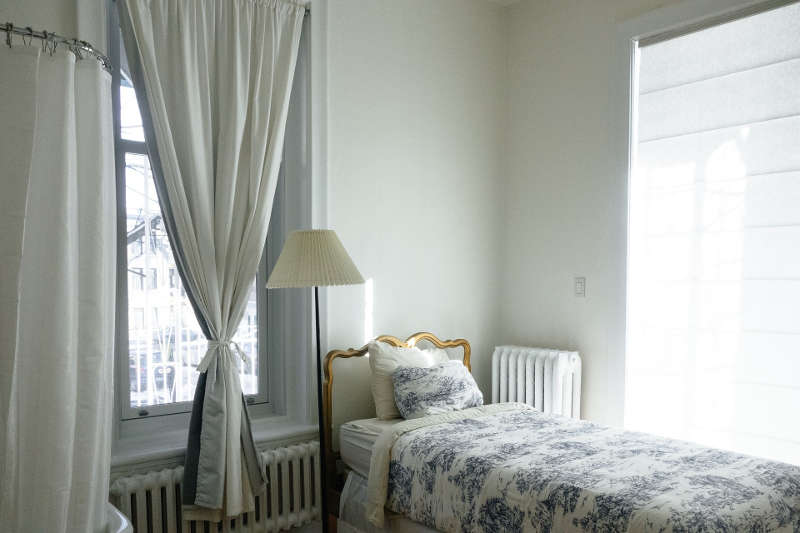5 Ways to Enhance Your Autistic Child’s Sleeping Space
By Jenny Wise
(Jenny Wise is a homeschooling mom to four children. As any homeschooling parent knows, every day is an adventure, and Jenny has begun chronicling her experiences at SpecialHomeEducator.com. She hopes to use the site to connect with other homeschoolers and to provide helpful advice to parents who may be considering a home education for their kids.)
The link between sleep issues and autism is well-established. And not only is failure to get enough shut-eye bad for your child’s physical health, a lack of restful sleep can actually exacerbate aggression, poor concentration, and hyperactivity, all issues associated with autism.
Here are five ways to change your child’s bedroom and encourage peaceful slumber.
1. Look at lighting. Harkla explains that the light your child is exposed to can affect his or her autism and ability to process the environment. Start by changing your child’s bedroom light bulb to one known to promote positive mood – specifically a cool white light. Add blackout curtains, which can create a peaceful and comfortable space and can block outside light sources. Curtains can also pull double duty as an inexpensive partition if you’re creating zones throughout the house or if your child shares a room with a sibling.
2. Create separate spaces. Unless you have a large home and an extra room, it’s likely that your child’s bedroom also serves as a playspace and live-in storage unit. Do yourself – and your child – a favor by segmenting his bedroom so that certain activities make sense at each spot. For example, add a desk and small area rug for homework, and define a specific location for playtime. This will promote organization, which can reduce anxiety, making it easier to get to sleep.
3. Create comfort. When your child has autism, he is ultrasensitive to the world around him. Ask for his input on which materials feel best against his skin. Cotton is widely considered one of the best materials to sleep on since it’s both soft and breathable. Many children and adults on the autism spectrum find that sleeping with a weighted blanket, which simulates deep-pressure, touch-stimulation therapy, can help eliminate sleep issues, including insomnia. Mosaic Weighted Blankets offers more information. You can also DIY blankets and pillows by buying your own soft, child-approved fabrics and breaking out your sewing machine. Don’t just swap the bedding – autistic children tend to respond favorably to hybrid mattresses, which are supportive but are also soft and body-contouring.
4. Focus on color. When you have little ones, it’s fun to deck out their bedroom in all the colors of the rainbow. Unfortunately, bright reds, yellows, and oranges don’t promote calmness and tranquility. 99 Designs asserts that these warm colors will instigate feelings of energy and optimism. Red, specifically, may increase heart rate, while yellow is known to be irritating to the eyes. A cool to neutral color palette is best for the bedroom. White, pale blue, sage green, beige, and gray are all conducive to a peaceful environment, and using high-quality paints on your little one’s walls will ensure the space remains autism-friendly for years to come. Avoid highly-contrasted patterns in the room’s decor – including window treatments, bedding, or art – that may disrupt your child’s visual field.
5. Remember routine. Children on the spectrum tend to thrive on routine even more than their non-ASD peers. Establish a predictable transition from day to night, which will help your child feel more comfortable and in control. Turn off the TV and encourage activities that won’t up your child’s heart rate or engage their mind. Parents recommends sticking to a specific timeframe, giving your child plenty of advance notice before wind-down time, offering a light snack, and completing a bedtime ritual that includes a warm bath, changing into pajamas, and reading a favorite story.
When it comes to creating a comfortable sleep environment, there is a right way and a wrong way. Avoid overly-engaging activities, and make sure your child’s space is clean, comfortable, and promotes getting to sleep. Even if he shares a bedroom, there’s no reason his sleep space should not be personalized for his unique needs.

